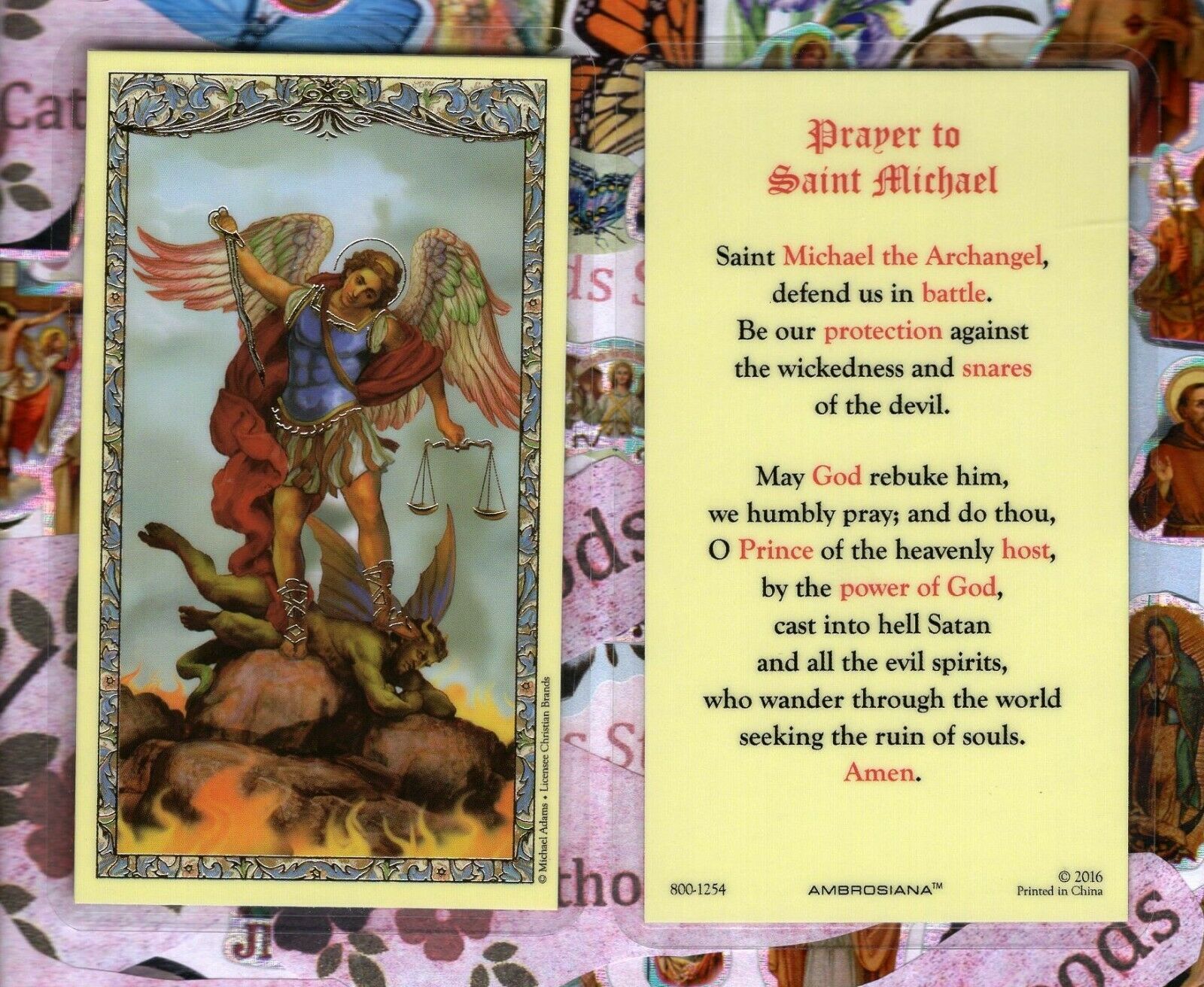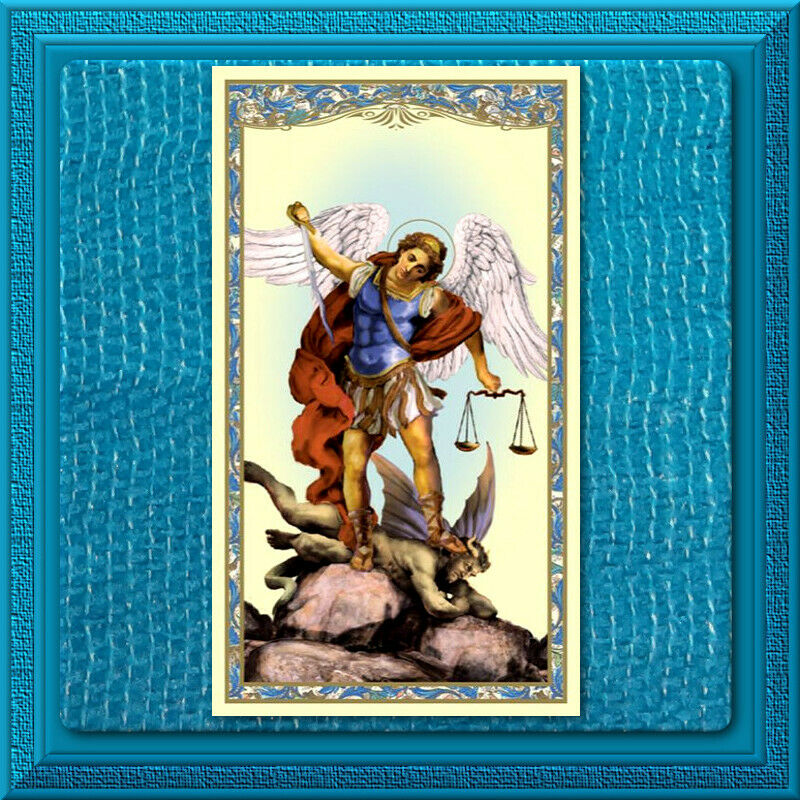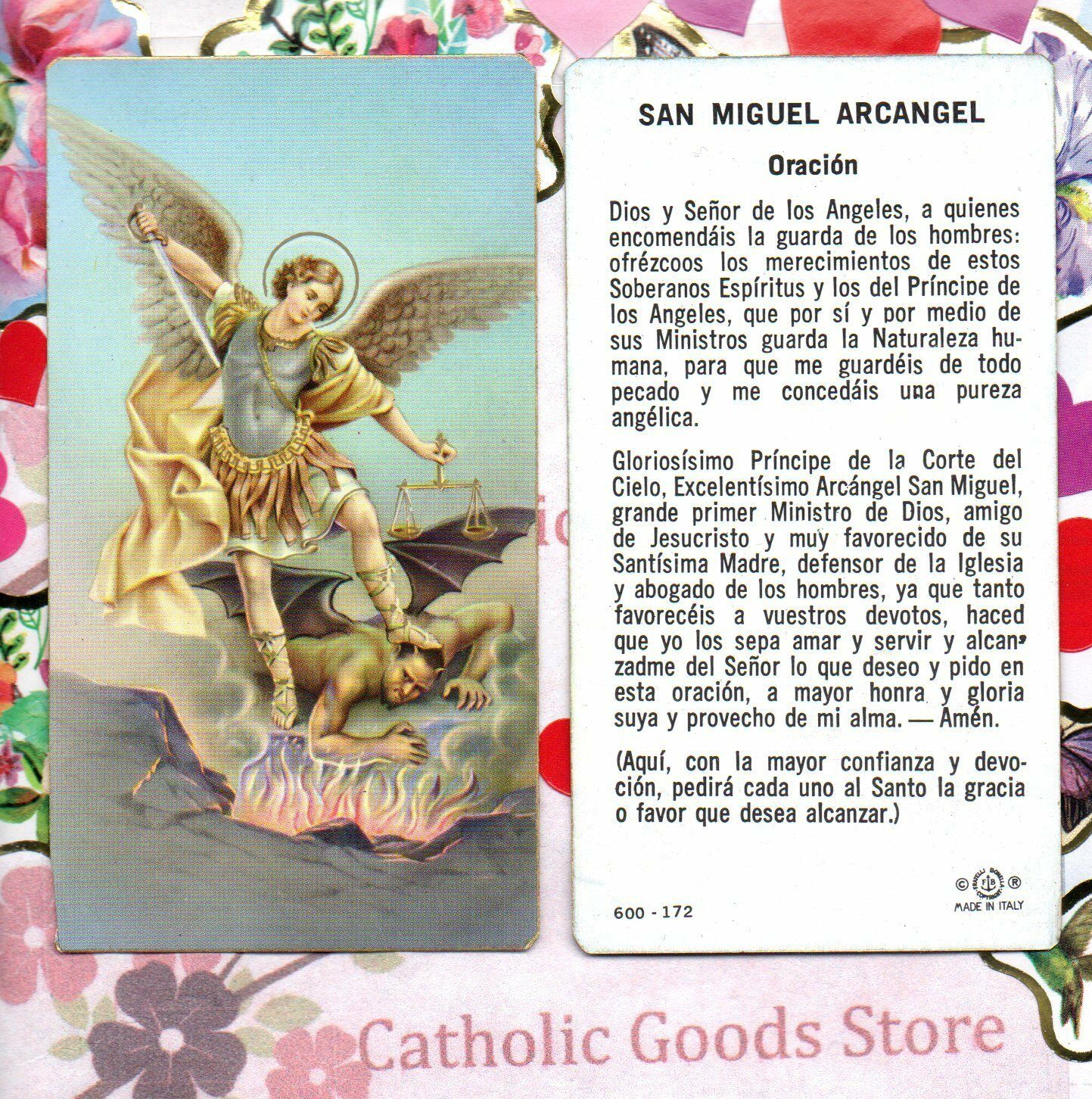-40%
Holy Card of St. Francis of Paola Plus a Large 1 3/4" Miraculous Medal
$ 2.9
- Description
- Size Guide
Description
Laminated Holy Card of Saint Francis of Paola Plus a Large 1 3/4" Silver Oxidized Miraculous Medal. Condition is New. Shipped with USPS First Class Package.Plus you will get a brand new, large and beautifully detailed Miraculous Medal that is 1 3/4". This large version of one of the most popular medals is even more stunning than the others. The large size of this piece brings out every detail of its beautiful design. Two sided silver oxidized, and made in Italy. Measures 1 3/4" tall by 1" wide. Die-cast in Italy for exceptional detail, you will enjoy the beauty of Our Lady's medal made by the finest craftsmen in the world. Attached jump ring is included, and it is silver oxidized - that wonderful finish that only the Italians have perfected. This medal is also known as the Medal of the Immaculate Conception, created by St. Catherine Laboure following a vision of the Blessed Virgin Mary. This medal is believed to bring special intercessions on behalf of the Blessed Virgin Mary if worn with faith and devotion at the hour of death.
Saint Francis of Paola, O.M. was an Italian mendicant friar and the founder of the Roman Catholic Order of Minims. Unlike the majority of founders of men's religious orders, and like his patron saint, Francis was never ordained a priest.
Francis was born in the town of Paola, which lies in the southern Italian Province of Cosenza, Calabria. In his youth he was educated by the Franciscan friars in Paola. His parents, having remained childless for some years after their marriage, had recourse to prayer and especially commended themselves to the intercession of St. Francis of Assisi, after whom they named their first-born son. Two other children were eventually born to them.
When still in the cradle, Francis suffered from a swelling which endangered the sight of one of his eyes. His parents again had recourse to Francis of Assisi and made a vow that their son should pass an entire year wearing the "little habit" of St Francis in one of the friaries of his Order, a not-uncommon practice in the Middle Ages. The child subsequently recovered. At the age of 13, being admonished by a vision of a Franciscan friar, he entered a friary of the Franciscan Order to fulfill the vow made by his parents. At the completion of the year he went with his parents on a pilgrimage to Assisi, Rome, and other places of devotion. Returning to Paola,he selected a secluded cave on his father's estate and there lived in solitude;but later on he found an even-more secluded cave on the sea coast. Here he remained alone for about six years, giving himself to prayer and mortification
Pope Leo X canonized him in 1519. He is considered to be a patron saint of boatmen, mariners and naval officers. His liturgical feast day is celebrated by the universal Church on April 2nd, the day on which he died.In 1963, Pope John XXIII designated him as the patron saint of Calabria. Though his miracles were numerous, he was canonized for his humility and discernment in blending the contemplative life with the active one.
The Order of Minims does not seem at any time to have been very extensive, but they had houses in many countries. The definitive rule was approved in 1506 by Pope Julius II, who also approved a rule for the nuns of the Order. A Third Order of their movement was also approved. The most noted member of this Order was the illustrious French bishop, St. Francis de Sales. Although the Minim order lost many of its monasteries in the 18th century during the French Revolution, it continues to exist, primarily in Italy.
In 1562, a group of Protestant Huguenots in France broke open his tomb and found the saint's body incorrupt. They dragged it forth,burned it and scattered the bones, which were recovered by Catholic faithful and distributed as relics to various churches of his order.
















